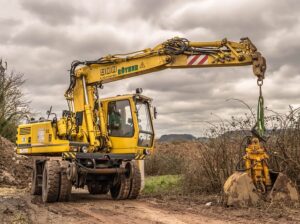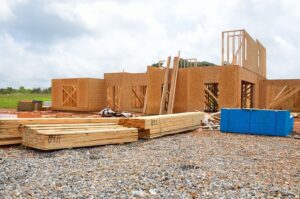
When selecting flashlights for construction workers who operate in hazardous environments, it's crucial to prioritize high-quality, durable tactical lights that offer both intense brightness and extended beam distances to ensure optimal visibility. These lights must be built to withstand the rigors of construction sites, featuring robust materials like aircraft-grade aluminum, hard-anodized coatings for protection, and ergonomic designs with non-slip grips to maintain a firm hold even in adverse weather conditions. Impact resistance, shatterproof lenses, and waterproof seals are essential for the longevity of these lights. Additionally, they should have long battery lives, offering consistent performance across various temperatures, and include low battery alerts and adjustable brightness settings to extend usage. Advanced models with rapid charging options are highly beneficial. Overall, a tactical light that balances high lumens, extended beam distance, durability, and practical features like water and shock resistance is indispensable for construction workers to ensure both their safety and the efficiency of their work in challenging environments. Flashlights For Construction Workers should be chosen with these factors in mind for optimal results.
When navigating the complexities and hazards of construction zones, reliable lighting is indispensable. This article sheds light on the critical role tactical lights play in ensuring safety and visibility for construction workers. We’ll explore key features that distinguish top-tier flashlights designed for these environments, evaluate lumens and beam distance for optimal work area illumination, and address battery life considerations for sustained use. Additionally, we’ll delve into the importance of durability and ergonomic design to withstand construction site demands. Construction workers can utilize this guide to select the most suitable tactical light for their needs, enhancing both performance and safety on the job.
- Understanding the Importance of Reliable Lighting in Construction Zones
- Key Features to Look for in Flashlights for Construction Workers
- The Role of Tactical Lights in Enhancing Safety and Visibility on Construction Sites
- Evaluating Lumens and Beam Distance for Optimal Work Area Illumination
- Battery Life Considerations: Powering Your Tactical Light Throughout Long Shifts
- Durability and Design: Choosing a Flashlight That Can Withstand Harsh Construction Conditions
- Selecting the Right Tactical Light: A Guide for Construction Workers
Understanding the Importance of Reliable Lighting in Construction Zones
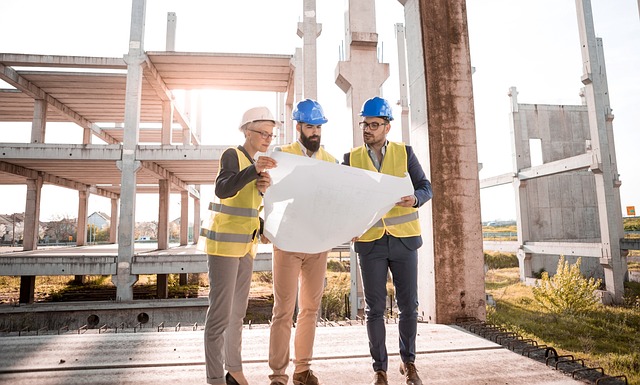
In construction zones, where visibility can significantly impact safety and productivity, reliable lighting is indispensable. Flashlights for construction workers serve as crucial tools to navigate through complex and often hazardous environments. These areas are frequently rife with tripping hazards, unmarked excavations, or areas under repair, making the ability to clearly illuminate one’s surroundings a matter of both practicality and safety. The right tactical light can distinguish between obstacles and safe passage, preventing accidents and ensuring that work continues efficiently even in low-light conditions. Construction sites are dynamic environments, where tasks range from intricate electrical wiring to structural steel erection. A reliable flashlight, such as those purpose-built for construction workers, with features like high lumen output, durability against drops or impacts, and water resistance, becomes an indispensable asset in these settings. It’s not just about shedding light on the task at hand; it’s about ensuring that every worker can see potential dangers and avoid them, thereby safeguarding their well-being and contributing to the overall safety of the site. Flashlights designed for construction workers are engineered with this specific use case in mind, offering a balance between brightness, battery life, and functionality to meet the demands of the job.
Key Features to Look for in Flashlights for Construction Workers
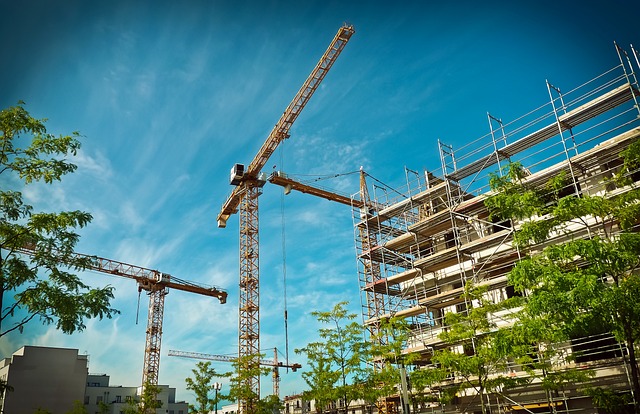
When selecting flashlights for construction workers, it’s crucial to prioritize durability and functionality, given the demanding conditions they often face on job sites. High-quality construction lights must be built to withstand rough handling and harsh environments. Look for flashlights with a robust, impact-resistant body that can endure drops from heights without compromising performance. A tough, anti-corrosive coating is also essential to protect against dust, moisture, and the abrasive nature of construction work.
In terms of light output, construction workers need flashlights with a high lumen rating for optimal visibility in poorly lit areas. LED technology is highly recommended due to its longevity and energy efficiency. Additionally, features such as multiple brightness settings are beneficial for adapting to different levels of ambient light and conserving battery life when full illumination isn’t necessary. A flashlight with a focusable beam can be particularly useful for pinpointing areas or seeing further down a worksite. Impulse mode or strobe settings can also serve as disorienting defense mechanisms in emergency situations. Water resistance is another key feature, ensuring the light remains operational even in wet conditions. Lastly, consider flashlights with replaceable batteries to prevent unexpected power loss during critical tasks, making them indispensable tools for construction workers operating in hazardous work zones.
The Role of Tactical Lights in Enhancing Safety and Visibility on Construction Sites
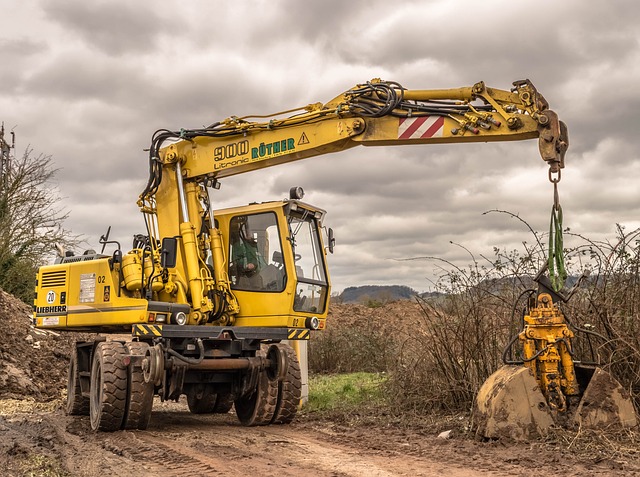
Tactical lights have become indispensable tools for construction workers operating in hazardous work zones. Their role in enhancing safety and visibility is multifaceted, addressing critical aspects of nighttime and low-light conditions that are prevalent on many job sites. Flashlights for construction workers are designed with high-intensity beams capable of illuminating the darkest environments, thereby preventing accidents caused by poor visibility. These lights often feature multiple modes, including strobe and SOS signals, which serve as both a deterrent to potential hazards and a signaling tool in emergencies. Their durable construction ensures they can withstand the rigorous demands of a construction environment, where drops, dust, and water are frequent challenges.
Furthermore, tactical lights offer a versatile solution for various tasks within construction work zones. They range from compact models for precision tasks to more powerful units suitable for larger areas. The adjustable focus on many tactical flashlights allows workers to switch between a tight beam for distant objects and a wider spread for closer tasks, ensuring optimal visibility at all times. Additionally, these lights are often equipped with LED technology, providing a longer battery life compared to traditional bulbs, which is crucial in prolonged work shifts. This reliability and adaptability make tactical lights not just a safety feature but a vital piece of equipment for any construction worker’s toolkit, contributing significantly to the overall safety and efficiency of hazardous work zones.
Evaluating Lumens and Beam Distance for Optimal Work Area Illumination
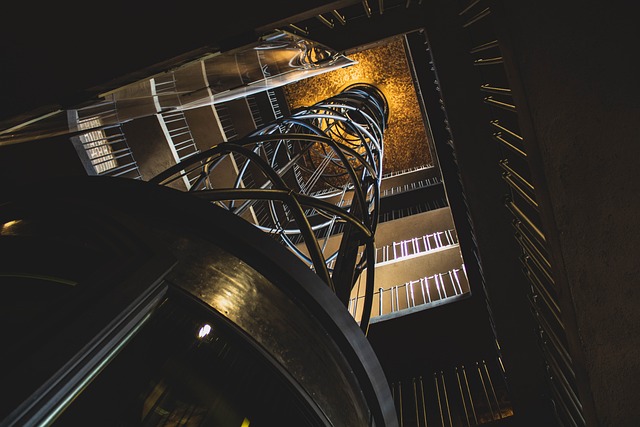
When selecting a tactical light for use in hazardous work zones, particularly for construction workers, evaluating lumens and beam distance is paramount to ensure optimal illumination of the work area. Lumens, the measure of luminous flux, determine the intensity of the light emitted by the flashlight. Construction sites often present variable lighting conditions due to their environment, and a high-lumen flashlight can cut through darkness effectively. However, it’s not just about raw power; the beam distance, which is the range over which the light remains effective, is equally important. A long-distance beam allows construction workers to clearly see into the far reaches of a site, potentially identifying hazards or inspecting distant work areas without having to physically approach them. This can enhance safety and efficiency by reducing the need for workers to move around in low-light conditions, thereby mitigating risks associated with tripping, falling, or other workplace accidents. When procuring flashlights for construction workers, it’s crucial to consider both lumens and beam distance to ensure that the light source not only illuminates but also reaches all areas where visibility is critical for safe operations. In doing so, these tactical lights serve as invaluable tools for enhancing safety, precision, and productivity within the demanding context of construction site work.
Battery Life Considerations: Powering Your Tactical Light Throughout Long Shifts
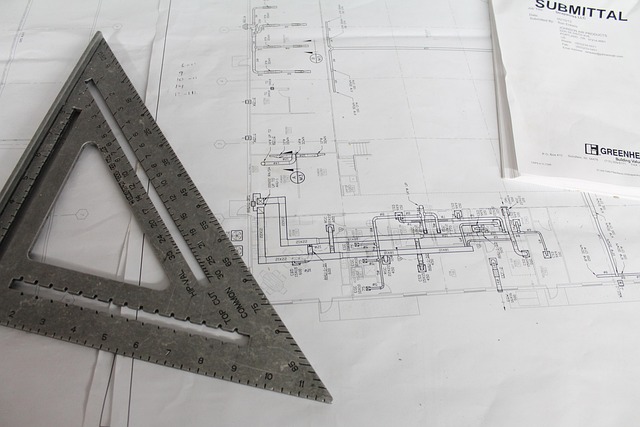
When working in hazardous environments, such as construction sites, reliability and durability of equipment are paramount. Among the essential tools for construction workers is a tactical light that offers consistent illumination throughout long shifts. Battery life considerations are a critical aspect when selecting a flashlight for construction workers. High-quality tactical lights are designed with advanced battery technologies that provide longer-lasting power compared to traditional batteries. Lithium-ion batteries, for instance, are preferred due to their high energy density and ability to maintain performance under varying temperatures, which is often encountered in construction settings.
Construction workers typically operate in shifts that can last upwards of 12 hours. To accommodate these demands, tactical lights must have efficient power management systems. Features such as low battery indicators and multiple brightness levels help conserve energy when full illumination isn’t necessary. Additionally, some tactical lights offer the capability to run on lower modes for extended periods or include rapid charging capabilities to minimize downtime. Investing in a flashlight with a proven track record of endurance and adaptability ensures that construction workers have a reliable source of light, enhancing safety and productivity during nighttime operations or in poorly lit areas.
Durability and Design: Choosing a Flashlight That Can Withstand Harsh Construction Conditions
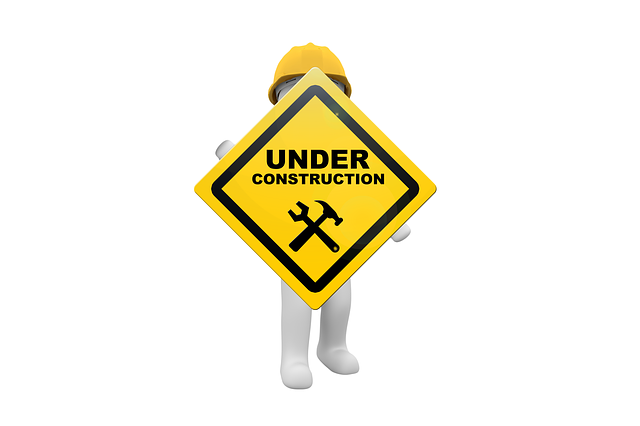
When selecting a flashlight for construction workers operating in hazardous work zones, durability and design are paramount to ensure safety and efficiency. A flashlight designed for this environment must withstand rigorous use and harsh conditions typical of construction sites. Flashlights for construction workers should feature a robust build, often constructed with high-strength materials like aircraft-grade aluminum or hard-anodized coatings that protect against scratches and corrosion. These materials also contribute to the overall weight and balance of the device, which is crucial when work is performed in challenging positions, such as overhead or in confined spaces.
The design considerations extend beyond physical robustness to include ergonomic features that complement the user’s grip in all weather conditions, whether it be a wet, muddy, or dusty environment. A non-slip rubber grip can significantly reduce the risk of dropping the flashlight, which could lead to injury or further complications in a high-risk work zone. Impact resistance is another critical factor; flashlights should be able to endure multiple drops from various heights without failing. Additionally, features like shatterproof lenses and waterproof seals ensure that the light source remains operational even when exposed to the elements or accidental submergence. Flashlights for construction workers, therefore, are not just tools but integral safety components that must meet stringent performance standards in order to guarantee a consistent and reliable light output during long shifts in hazardous conditions.
Selecting the Right Tactical Light: A Guide for Construction Workers
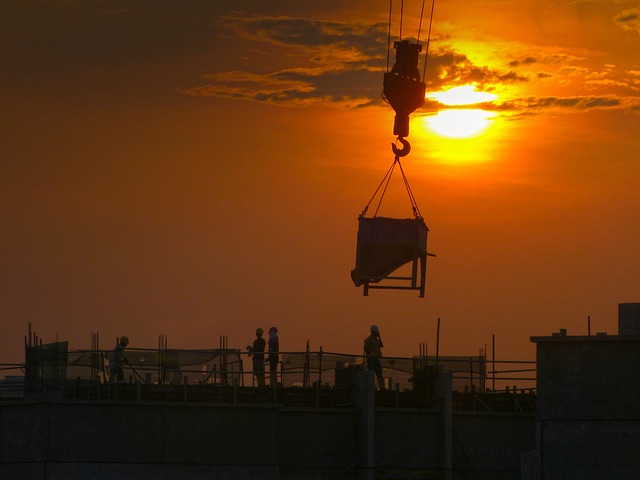
When operating in hazardous work zones, construction workers rely on reliable equipment to ensure their safety and efficiency. Among these tools, tactical lights stand out as indispensable for their ability to illuminate dark environments and signal for help if needed. Selecting the right tactical light involves understanding the specific demands of a construction site, including the types of hazards present, the nature of the tasks performed, and the environmental conditions that can affect visibility.
Flashlights for construction workers must be robust and durable to withstand the rigorous conditions on a job site. They should feature high lumen outputs to cut through the darkness in unlit areas, and offer a beam distance sufficient to safely navigate around obstacles or inspect hard-to-reach places. Additionally, a tactical light’s battery life is critical; construction workers often work long shifts, making a long-lasting power source essential. Moreover, these lights should be compact yet sturdy enough to handle drops or impacts without failing. Features such as water resistance and shockproof construction are also vital for maintaining visibility during inclement weather or in areas prone to accidents. When selecting a tactical light, consider the balance between brightness, battery life, and durability, ensuring that the chosen flashlight complements the worker’s tasks and environmental conditions, thus providing optimal safety and performance.
In conclusion, construction zones are inherently hazardous environments where visibility and safety are paramount. A reliable tactical light serves as an indispensable tool for workers navigating these areas, offering not only illumination but also enhancing safety through heightened visibility. When selecting flashlights for construction workers, key considerations include lumen output, beam distance, battery life endurance, and durability to withstand the rigorous demands of a construction site. This guide has outlined the critical features necessary for optimal performance and longevity of tactical lights in these settings. Investing in high-quality flashlights designed specifically for construction work can significantly improve working conditions, reduce accidents, and ensure that every worker’s tasks are performed with utmost precision and safety.
